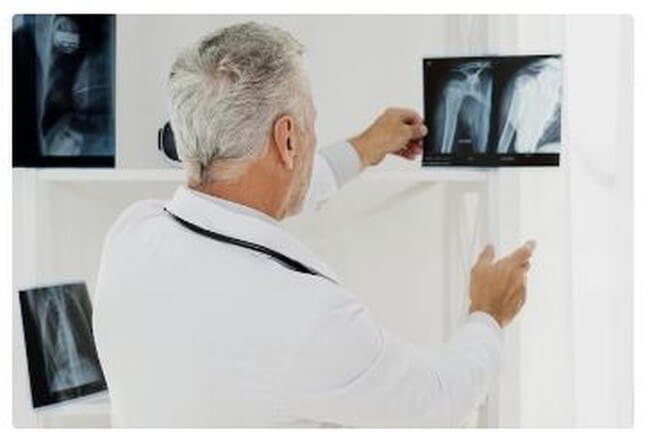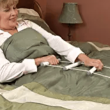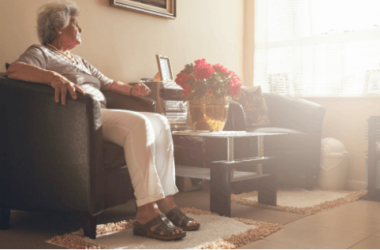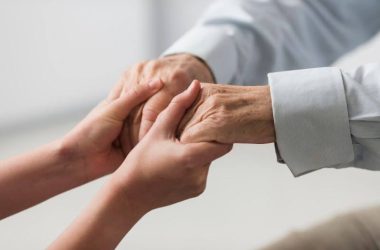Osteoporosis is a systemic bone disease characterized by a decrease in bone density, making bones more prone to fractures. Affecting millions of people, especially post-menopausal women and the elderly, osteoporosis has a significant impact on the quality of life and mobility of individuals.
Effective treatment of osteoporosis is crucial to reduce the risk of fractures, maintain functional independence, and improve the quality of life.
While pharmacological treatment is essential, the non-pharmacological treatments of osteoporosis holds great significance. Let’s explore it.
Importance of Non-Pharmacological Treatments for Osteoporosis:
The non-pharmacological treatments for osteoporosis play a vital role in managing this disease for several reasons:
- Fracture Prevention: Measures such as improving balance, physiotherapy, and fall prevention can directly reduce the risk of fractures, one of the main complications of osteoporosis.
- Improvement of Bone Density: Activities like walking, running, and weight lifting, which are weight-bearing, stimulate the bones, promote bone formation, and help maintain healthy bone density.
- Safety and Tolerance: Unlike medications, non-pharmacological treatments generally have fewer side effects or associated risks. They offer an option for those who cannot tolerate certain drugs or prefer more natural approaches.
- Overall Health Improvement: Non-pharmacological strategies, especially exercise, have benefits that extend beyond bone health. They can enhance muscle strength, coordination, cardiovascular well-being, and mental health.
- Complementarity: Non-pharmacological treatments can complement pharmacological treatments, thus optimizing the benefits for patients. For example, dietary calcium and vitamin D can enhance the efficacy of bisphosphonates.
- Cost Reduction: In some cases, implementing preventive measures can be more cost-effective than long-term treatment with drugs, especially when considering costs associated with complications like fractures.
- Treatment Adherence: Some individuals may be reluctant to take long-term medications. Non-pharmacological options can provide an alternative or complement that better suits their preferences or needs.
Non-Pharmacological Treatments for Osteoporosis:
A. Role of diet and exercise:
On one hand, a balanced diet rich in calcium and vitamin D is essential for maintaining bone health. It should also include proteins for bone health, as well as other vitamins and minerals, such as vitamin K, vitamin C, and magnesium, which also play a significant role in bone health.
On the other hand, weight-bearing exercises, like walking, jogging, stair climbing, dancing, yoga, and strength training, can help build and maintain bone mass.
However, it’s important to note that not all exercises are beneficial for people with osteoporosis. For instance, exercises that involve excessive bending of the spine or rotation can increase the risk of vertebral fractures.
Thus, consulting a healthcare professional or a physiotherapist before starting a new exercise program is essential.
B. Importance of fall prevention:
Falls can lead to severe fractures, including hip fractures, which can have devastating consequences on a person’s quality of life and can even be fatal. Therefore, fall prevention is a crucial component of osteoporosis management.
There are several strategies to prevent falls in older adults, especially those at risk for osteoporosis:
- Improving balance and coordination: Physical exercise programs like tai chi or yoga can enhance balance and coordination, thus reducing the risk of falls.
- Assessment and correction of home hazards: Many accidents happen at home. Therefore, removing fall hazards, such as slippery rugs, trailing electrical cords, inadequate lighting, can reduce fall risk.
- Medication review: Some medications can have side effects like dizziness or reduced coordination, which can increase fall risk. Therefore, having a regular medication review with a healthcare professional is beneficial.
- Use of mobility aids: For those who have mobility challenges, using aids like canes or walkers can help in preventing falls.
- Vitamin D supplementation: Research has shown that vitamin D supplementation can reduce the risk of falls in older adults, probably by improving muscle strength.
Combined with appropriate treatment for osteoporosis, these strategies can help reduce the risk of fractures due to falls.
C. Use of assistive devices:
Using assistive devices can be a critical part of the non-pharmacological management of osteoporosis.
Indeed, these devices are designed to increase the mobility and balance of older adults or those with mobility issues, thus helping in preventing falls. Here are some examples:
- Walking cane: It can help improve balance, reduce the load on painful joints, and provide support for safer movement. There are various types of canes, including single-tip canes, quad-tip canes, and tripod canes.
- Walker: It offers more substantial support than canes and is particularly beneficial for those needing more stability. Some walkers have wheels to ease movement and even seats for the user to rest.
- Grab bars: These can be installed in the home, especially in the bathroom or beside the bed. Grab Bars assist with stability during movements like standing up, sitting down, or getting into the bathtub.
- Orthotics: Braces, corsets, and orthopedic insoles can be used to support bones and joints, help align the body, and reduce pain.
- Adjustable chairs and beds: These can help facilitate movements like getting up from a chair or bed.
- Orthopedic shoes: Well-fitting, supportive shoes can enhance balance and prevent falls.
It’s essential to note that using these devices should come with proper instruction and training to ensure they are used correctly and safely. A physical therapist or another healthcare professional can be useful in selecting the right assistive device and learning how to use it correctly.
Conclusion:
In the end, non-pharmacological treatments for osteoporosis offer a holistic approach that can be tailored to the individual needs of the patient and bolster the effectiveness of pharmacological strategies.

M.D, Eu Certificate of Competency in Emergency and Disaster Medicine, with five years of experience as an emergency physician and eleven years as a general practitioner in the Department of Internal Medicine and Geriatrics at a university hospital. Devoted to the prevention, diagnosis, and treatment of chronic diseases in the elderly.









